Sowing Memory: Collecting Art and Saving Seeds
Divergent practices of collecting shed light on the connection between culture and agriculture, how collections can both serve and oppose capitalism, and how collections might revitalize our understandings of cultural value and sovereignty
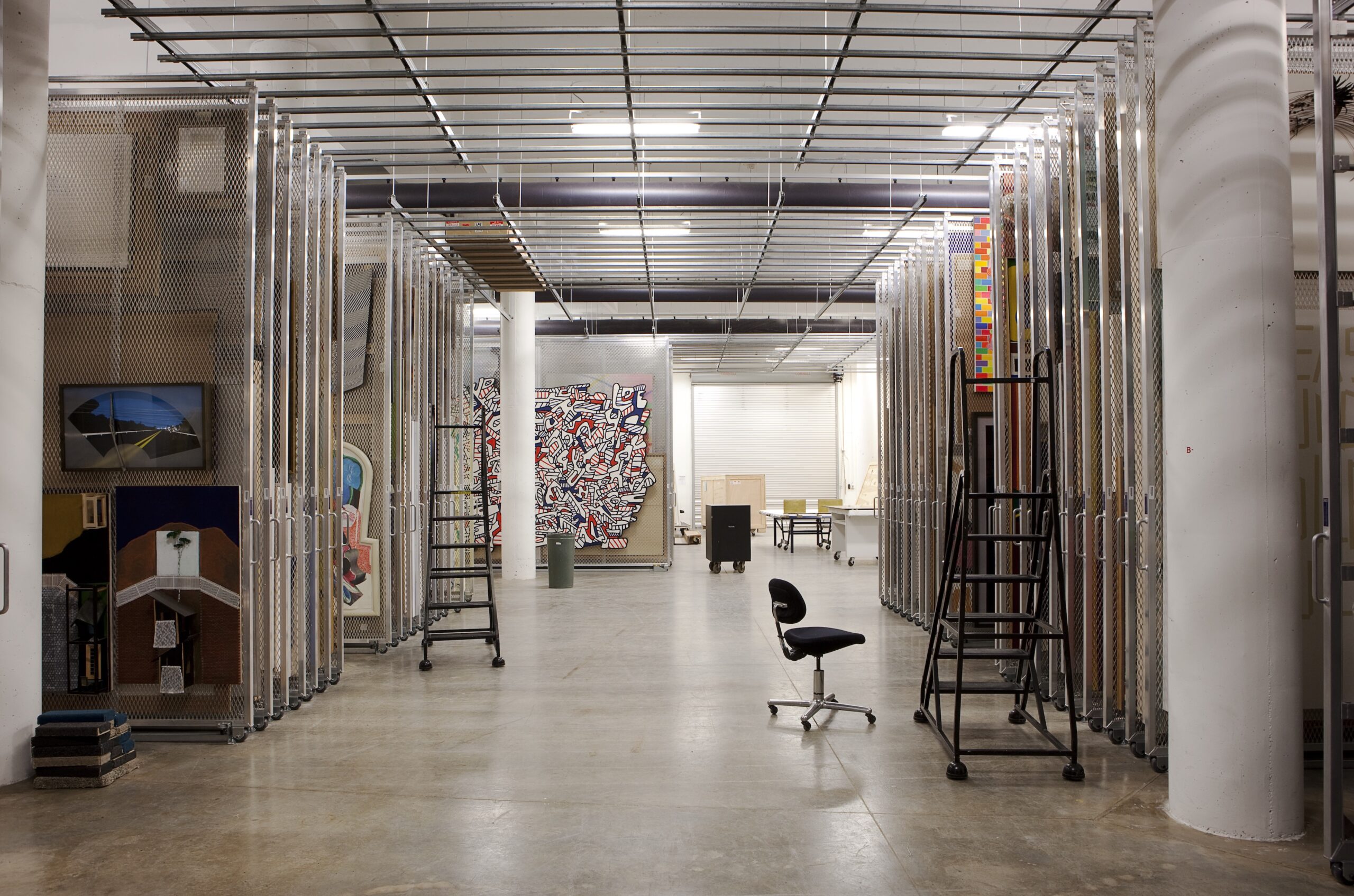
Rocks, antique spoons, broken cameras, seeds, works of art. Family heirlooms passed down through generations. Boxes of Andy Warhol’s junk in climate-controlled storage facilities. Collecting is a deeply seated and deeply human tendency. Other animals collect too—ravens, bowerbirds, and squirrels, for example—but I am hesitant to align our species’ habits of collections with those of other animals, as our collections have some peculiarly human qualities. For humans, I think collecting is largely motivated by a desire to remember, to stave off forgetfulness, to preserve and store, to keep close. When collected, objects become sites of memory.
I collect rocks, mostly. And bones. And books. Each rock in my collection reminds me of the place where I found it: a cool pelt of rain or the warm hands of the sun, the people alongside me, the feeling of turning the rock around in my pocket while I carried it home. We instill memories within objects. The memories may become fuzzy, distant, but the object can become a touchstone that grants access to some sliver of that original experience. The collected object takes on meaning, becomes heavy and saturated with it.
The rocks I collect (and there are many) altogether form a larger architecture of remembrance, a matrix of contact points to past experiences. The nature of each collection creates its own specific architecture, one that contains a cacophony of stories and contexts complicated by the presence of each object next to another. These architectures and their capacity to contain, inhabit, or generate meaning are immense and dynamic, with the potential to invigorate and recharge social memories.
As a farmer in the winter season, I’ve been thinking about collections of seeds. My mind is busy planting onions, spinach, and radishes in soil that is still buried deep in snow. And as an artist, I’ve been thinking about museums, about the white-walled galleries I’ve wandered through since the end of growing season. These are two very different kinds of collections: that of a museum and that of a gardener. Despite some similarities in archiving practices and storage conditions, a collection of seeds and a collection of art lend themselves to very distinct and specific architectures of remembrance and points of engagement, and are differently entangled in power and economic structures. It’s said that a collection reflects the collector, that “you are what you keep.”1 By bringing these two practices of collecting into conversation with each other, I wonder what might be discerned about a society that collects both seeds and works of art, what surprising encounters might be unearthed in their proximity.
A collection is a body, a conglomerate entity that is more than the sum of its parts. A museum is a cultural body. I’d argue that a collection of seeds is as much a cultural body as a museum, but Western definitions of cultural heritage or cultural value are narrow, and often exclude objects, sites, and practices like seed saving that represent sustained and co-evolving relationships with the land. The idea that art, or collections of artworks, are representative of a cultural identity and cultural heritage is rarely questioned outside of critical discourse, but this understanding of culture does not extend to agriculture, to the plants that we have come to depend on and that depend on us. Agriculture is largely understood in relation to capitalism, to production and profit rather than culture.
But each plant, each seed, represents a juncture in a long history of relationship between humans and plants. We have changed each other. The plants that we rely on in our daily lives have emerged over the course of thousands of generations of careful tending. And these plants, in turn, have tended to us, providing food and clothing and shelter for the entire history of our species. I’d argue that agricultural plants embody culture in a long-form sense, in a sense that stretches beyond human lifetimes and is therefore that much harder to grasp. The word “culture,” which is of course embedded in the word “agriculture,” comes from Latin and French roots that describe tending land and giving care. Is a collection of seeds, then, not an embodiment of culture in its most fundamental sense?
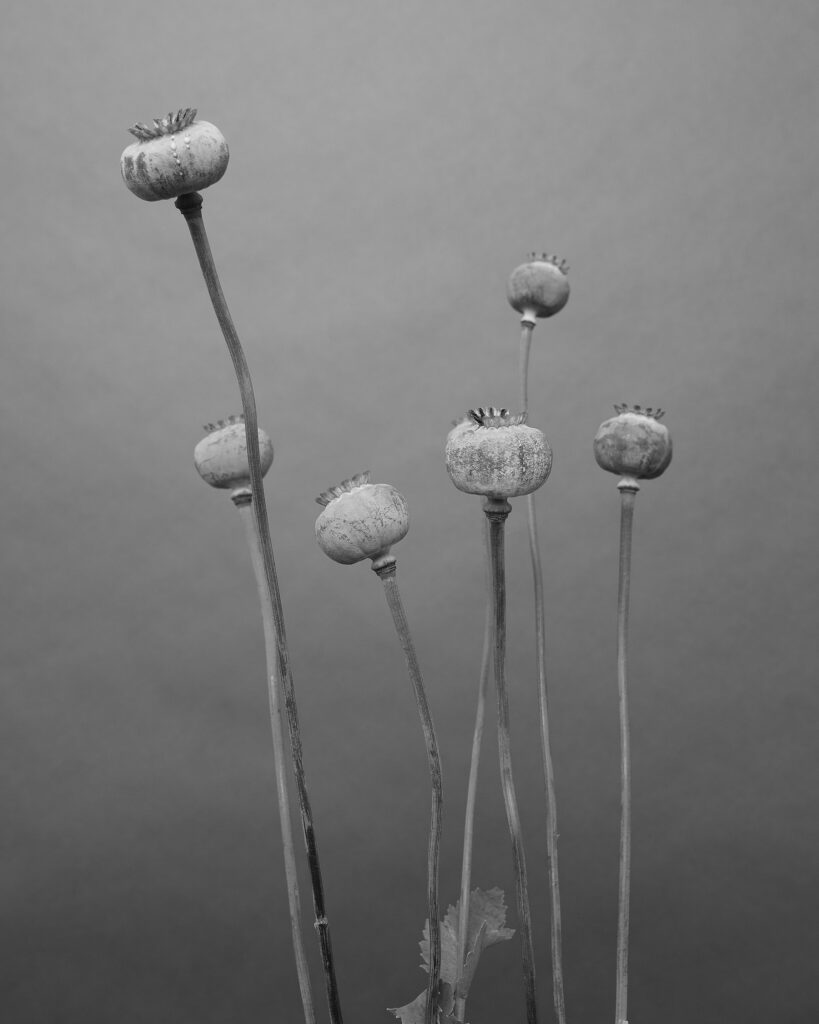
The inclination to collect is often articulated as a need for protection: of wanting to remove objects of perceived value from their original dynamic, fluctuating contexts to place them in static, controlled environments where they are sheltered from the potentially destructive forces of the outside world. A seed is subsumed into a farmer’s pantry or high-tech seed banking facility, where it waits patiently to be pressed back into the soil and resume its work. A work of art is ushered into the catacombs beneath the museum, climate-controlled storage facilities that aim for the most perfect and stable conditions. When you visit the Walker Art Center, there are thousands of artworks several stories beneath your feet. The paintings and sculptures and prints and photographs wait patiently to be taken upstairs, to be installed on gallery walls and resume their particular work of conversing, questioning, provoking, wondering.
There is anxiety here too, in practices of collecting—an anticipation of future uncertainty and inevitable loss. Collecting is steeped in paradox, in protection and preservation as much as exclusion and removal. One of the primary paradoxes among practices of collecting is that of protective destruction.2 When something is acquired into a collection, whether a seed or a work of art, the object gains some semblance of safety, of being preserved and protected for the time being, but meaning and specificity are inevitably destroyed or degraded: “there’s no archive in which nothing gets lost.”3 There’s not a net-loss of meaning so much as there is a transference or fluctuation of meaning. Collected objects take on new significance, created in proximity to other objects in the collection and the presiding institution or individual, but they lose the specificity of their original contexts—what Walter Benjamin would call the aura of authenticity.
The collector or institution engaged in the practice of collecting discerns which items are worth collecting and which are not, and by doing so, constructs a narrative that is, by nature, incomplete. The choice to acquire any given item unavoidably leaves something else out. When I select a rock to add to my collection, I am choosing to leave dozens behind. My collection is only a fragment of the Mississippi shoreline, but the narrative that I create and instill within it is rich and deep and full of personal meaning. When a museum decides to acquire new works, the process is rigorous and selective, and only a few pieces are chosen from innumerable options. A collection of seeds may be vast, but can still only contain a fraction of the genetic diversity at play in the world. Being aware of the incompleteness of any given collection allows us to see biases and to perceive within the gaps, the flourishing narratives in its margins. A collection is always representative of something larger, something that cannot be contained or preserved in its entirety. A collection is a fragment, comprised of many much smaller fragments, but always in conversation with that larger and elusive whole.
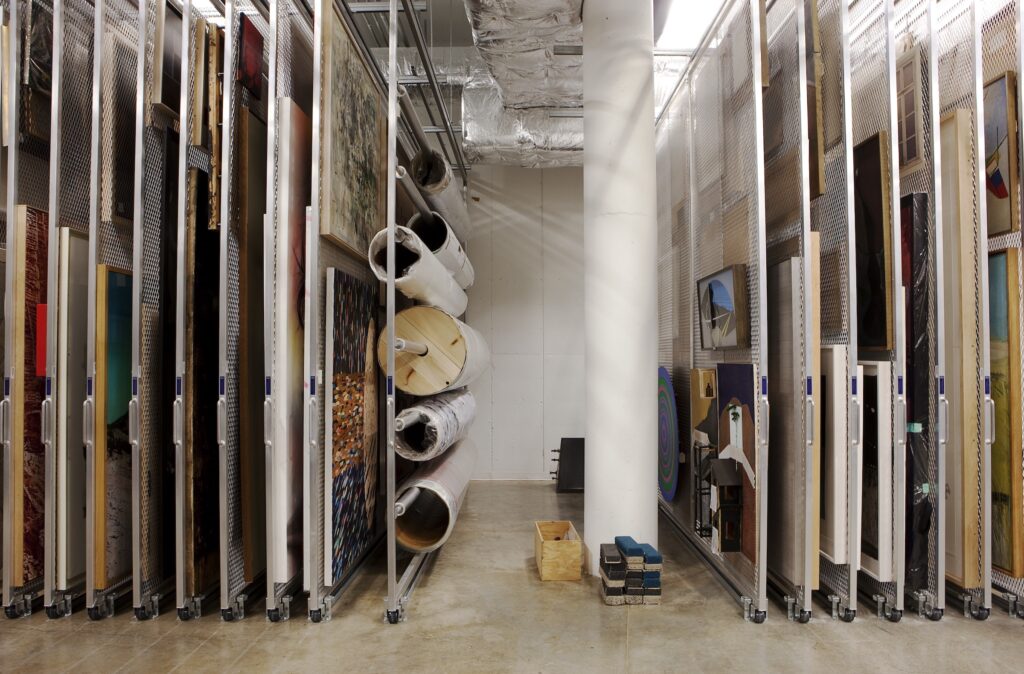
There is a colonialist mindset inherent in the act of collecting. A desire to take, claim, own a thing. To consume and accumulate. The rock that rests on my bedside table no longer gleams at the bottom of a tide pool, or nestles among the roots of an ancient oak tree. No one will ever have another chance to encounter this one rock in that one place. The rock has been taken out of context, given a new one. Museums, as cultural institutions, have long and complicated histories entangled with imperialism and theft. Industrial seed banks have different, but similarly problematic, relationships with colonialism, demonstrating a relationship with nature that is driven by profit and the protection of industrial agriculture.
All collections are entangled somehow with capitalism and colonialism, but the manifestations vary with collections at different scales, with different positions in power structures. The further you move from small-scale, personal contexts, to larger-scale, industrial or institutional contexts, the more practices of collecting become enshrined in capitalism and complicated by bureaucracy and power dynamics. A personal seed collection, in its most fundamental sense, is driven by the desire to re-sow seeds in the coming years. Personal seed saving operates independently of capitalism to some degree; gardeners and farmers might save seeds so that they don’t have to purchase seeds again the next spring, to save money and enhance self-reliance. An industrial seed bank is also driven by an intention to re-sow seeds in the future, but this kind of collection operates hand-in-hand with the larger forces of capitalism (note the word “bank” in “seed bank”), and treats seeds as genetic resources rather than dynamic living entities that are deeply situated within cultural traditions and practices. Many industrial seed banks are profit-driven, inextricable from the interests of industrial agriculture and commercial environmentalism. Vandana Shiva, author and activist, writes at length about seed sovereignty and argues vehemently against industrial agriculture’s efforts to patent seeds. Shiva critiques the control of seeds by massive corporations and through industrial seed banks, writing that “when five transnational corporations control the seed market, it is not a free market, it is a cartel.”4
Collections of art also operate in relation to capitalism (and the enigma that is the art market) in various ways. An art collector acquires pieces that expand the collector’s assets and reflect the specific interests and biases of that individual. In turn, people might cross over between nonprofit and commercial institutions, or exert influence through philanthropy or board service. There is a wide variance across art-collecting institutions concerning their incentives, economic contexts, and operations. Encyclopedic museums, institutions whose holdings draw from numerous cultures and places across hundreds or thousands of years, have specifically violent histories in terms of colonialism and theft. Many objects in these institutions were stolen or dishonestly removed from their original contexts, often as a part of a larger campaign of conquest and genocide. Modern and contemporary museums may not have this same cultural baggage associated with the collection of rare and “exotic” objects, but they are similarly inextricable from capitalism and colonialism. Acquisition processes are tied into the larger mechanisms of the art market (a beacon of late-stage capitalism), and the complex economies of art museums (endowments, grants, donors, etc.) operate by no means independently of capitalism. Museum collections reflect the biases and prejudices of the people in power within those institutions, people who are historically and predominantly white and male. However, there is an ongoing shift in the field; many museums are changing their models of acquisition to prioritize equity and representation, rather than outmoded ideas of universal value and relevance.5
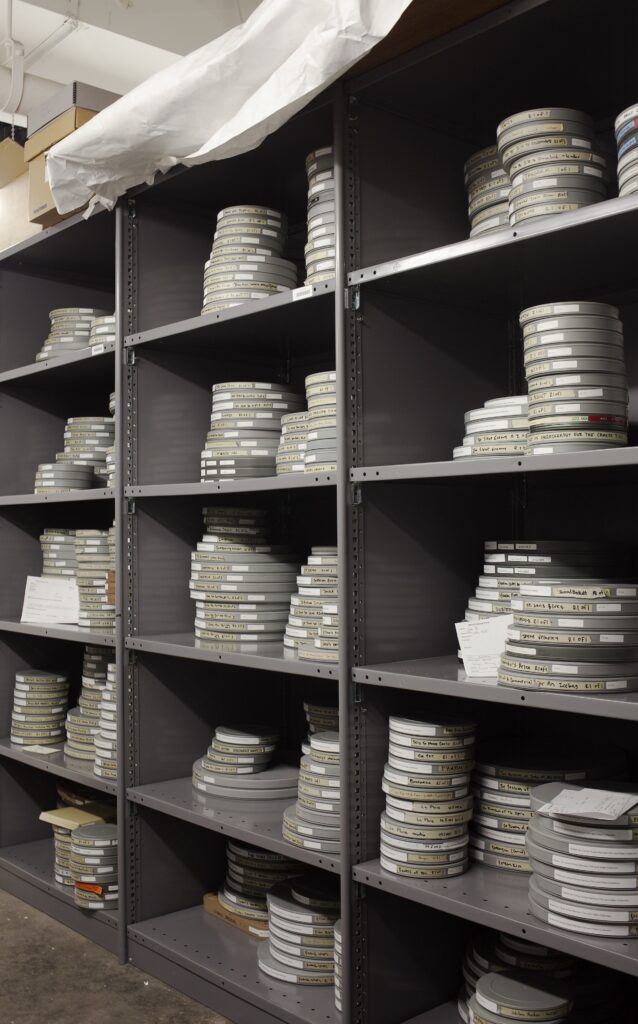
The frameworks under which objects are collected are not static. In the past, art museums were grounded in the idea of a universal art history, but the belief in “universalist, idealist, transhistorical perspectives and identities” has been heavily criticized in past decades, and museums have begun to shift their practices in response to this criticism.6 A collection and its architecture of memory are not immutable. A collection can and should change over time; “‘one generation’s idea of a “masterpiece” may become another’s redundant object, and vice-versa.’”7 Art museums often quietly sell—or “deaccession”—pieces from their collections in order to fund the acquisition of new works, but certain sales bring more controversy than others. The bureaucracy surrounding this subject is dense and perplexing: the Association of Art Museum Directors (AAMD) has a 17-page policy on the subject. Institutions sometimes chose to sell works in order to reorient their collections to changing frameworks, which includes selling work to fund the acquisition of pieces by underrepresented artists. This motivation for deaccessioning can be highly controversial, igniting debates about the role of art museums, the accounting (or lack thereof) of museum assets, and institutional responsibilities to donors and the public. The criticism has been so great that some intended sales have been halted before the pieces even go to auction. Despite its controversies and criticisms, I believe the process of deaccessioning can be critical to contending with legacies of whiteness and exclusion embedded in most art collecting institutions.
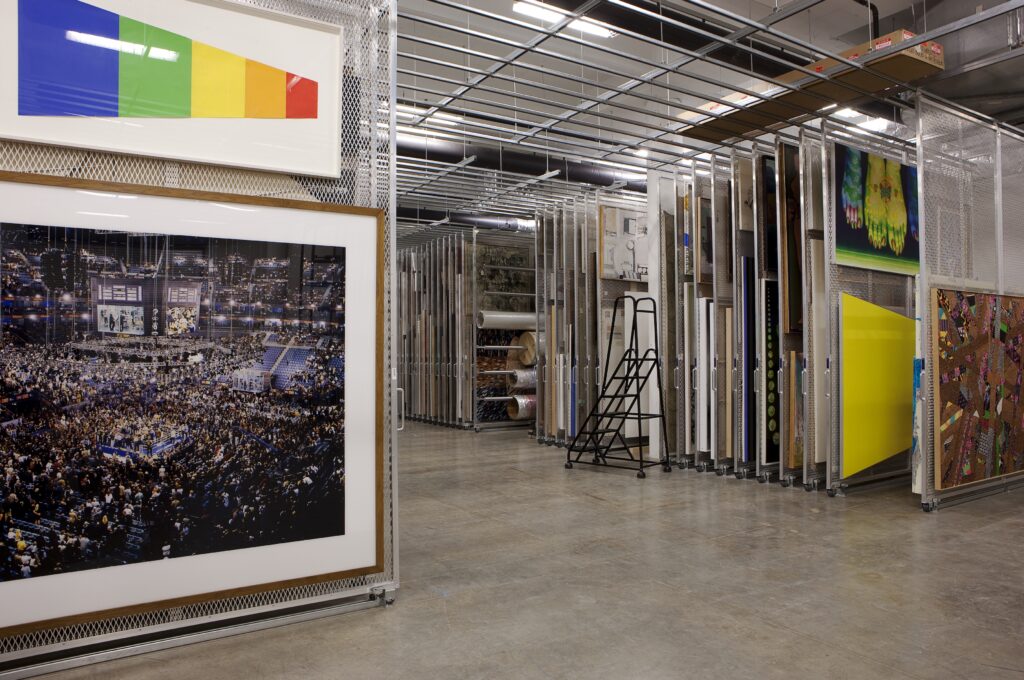
Repatriation is an important subject in the fields of both art museums and seed saving (although the feminine version, rematriation, is more often used in regards to seeds.) Repatriation is the process by which stolen artworks or artifacts (sometimes even ancestral remains) are returned to their countries and communities of origin. Many museums are in the process of re-examining the origins of their collections and beginning to return some stolen or looted objects. This process is slow, and not without controversy, although at least one aspect of it is enshrined in US law: in 1990, the US government enacted the Native American Graves Protection and Repatriation Act (NAGPRA) which requires the repatriation of human remains and sacred and funerary objects. Rematriation refers to the process by which seeds are returned to their countries and communities of origin, so as to revitalize sacred traditions and practices surrounding growing food and saving seeds. Forced relocation and cultural genocide disconnected Indigenous peoples from their sacred foodways that had been lived and cultivated for thousands of years. Organizations like Seed Savers Exchange and the Indigenous Seed Keepers Network are deeply engaged in the work of returning seeds to their Indigenous communities and revitalizing the cultural knowledge around the growing and keeping of seeds.
Collections of seeds kept through generations quietly thrive on the margins of the dominant narrative. Holding off the advent of industrial, profit-minded agriculture, small-scale gardeners and farmers sustain small pockets of rich biodiversity and heirloom varieties whose cultural and personal significance goes far beyond their opposition to the hegemony of monoculture. Seed keeping is a cross-cultural practice, but has specific resonance within histories of migration, colonialism, and the slave trade. Witnessing the capture or disappearance of their community members and fearing for their futures, many African peoples braided seeds from food crops including millet, okra, and rice into their hair. This is how many African plants found their way to the plantation gardens, where enslaved peoples carried forth their ancestral foods and traditions amidst the most unimaginable cruelty. In her book, Farming While Black, Leah Penniman writes about the entanglement of ancestral storylines and seed keeping, the importance of remembering where seeds originate from and what traditions carry them forward through generations.8
These collections of seeds and their histories not only embody architectures of remembrance and resistance, but can broaden our understandings of culture, history, and where to look for them. In her book Heirloom Seeds & their Keepers, Virginia Nazarea writes that collections of seeds are not “found in rarefied memorials or museums, as sites and works of memory are normally understood, but [are] located in pulsating senses, germinating seeds, and thriving gardens, not to mention steaming kitchens and brimming tables.”9 Here, the author effectively expands the realm of cultural production beyond the creation and collection of works of art, and into the sphere of gardening, of dirt-encrusted hands and pockets full of seeds.
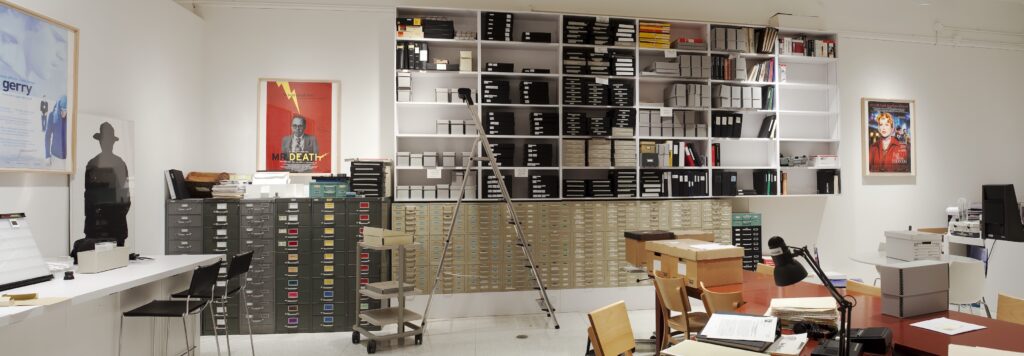
Late last summer I watched my partner Maggie save seeds from the flowers, herbs, and vegetables growing around her home. I was keeping busy, either writing or carving or mending, and I remember clearly watching with deep love and admiration as she patiently separated seeds from their pods, placing them in a mesh strainer and blowing off husks and other inert matter—a process called winnowing. The seeds, tiny heavy things, settled in the bottom of the strainer as the chaff scattered onto the table and ground. Maggie cut and folded little envelopes out of an old map and labeled each with the species of plant and year. The topography of this anonymous landscape folded around the seeds, enveloping and protecting them. She placed cilantro seeds into a wet paper towel for germination testing, checking the viability of the seeds for a future crop. Seed saving is always in conversation with both past and the future, life and death, growth and decay.
Collections of seeds depend on regenerative cycles of storage and regeneration, synced with the rhythms of planetary life. From pantries and cabinets to warming spring soil, seeds reassure their own vitality and longevity through the germination of a new generation. Even seeds in industrial seed banks have to be germinated and restocked every few years to preserve viability. Artwork generally does not have the capacity to transform sunlight into sustenance, nor can it regenerate itself seasonally. Artwork is recharged metaphorically by its interactions with viewers, its viability evidenced by the creation of new conversations and new meanings. Collecting is a balancing act. Seeds can lose viability when stored long-term in seed banks because they are removed from the seasonal cycles, forces of evolution, and shifting climates. Works of art, when removed from the studio or gallery where they previously existed, can wallow in the depths of a storage facility for years without being seen; pigments can fade, materials degrade. But collecting protects these objects for future circumstances of revitalization: a collection of seeds might play a critical role in restoring an endangered habitat, and a work of art put on display for the first time in years can spark new conversations and engagements that are made possible only by these specific circumstances of interaction.
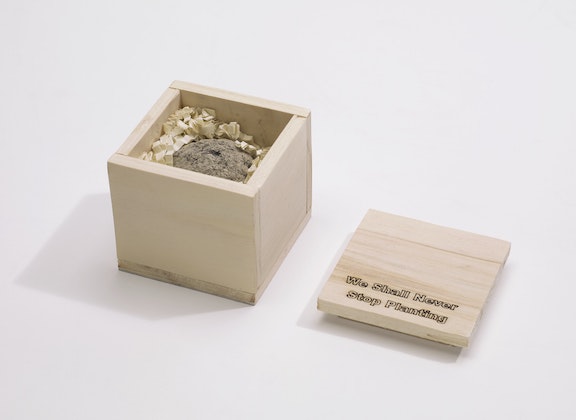
Collecting simultaneously dwells in the past while looking towards the future. There is absurdity and futility within these practices, but there is also hope and poetry. While it doesn’t typically have a place within an art museum, seed saving is a vital practice of cultural production. Seeds are sites of memory, and collections of seeds generate architectures of remembrance that are as important to our cultural memory and identity as collections of art housed in celebrated museums. Bringing these two practices of collecting into conversation with each other poses questions that pry into our understanding of cultural value, the institutions that define it, and the collections that house it. If we are to move towards a decolonial ideological framework, I believe it’s important to recalibrate our understanding of cultural value to encompass objects and practices that represent a sustained and co-evolving relationship to land. This essay is a fragment of that recalibration, an attempt at a reimagined architecture of memory.